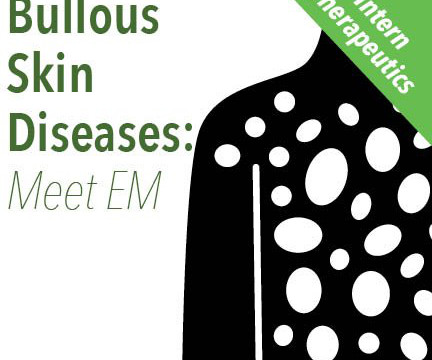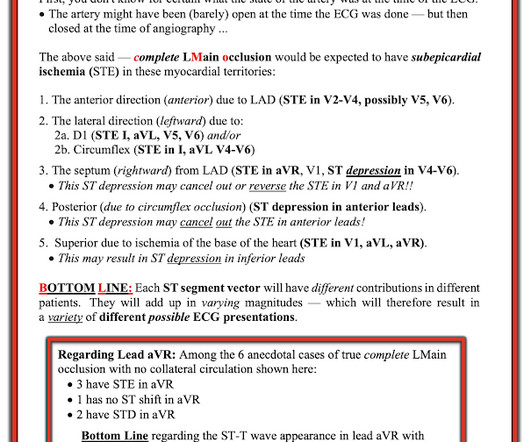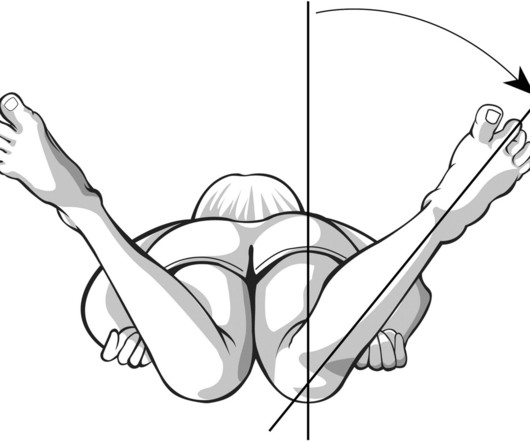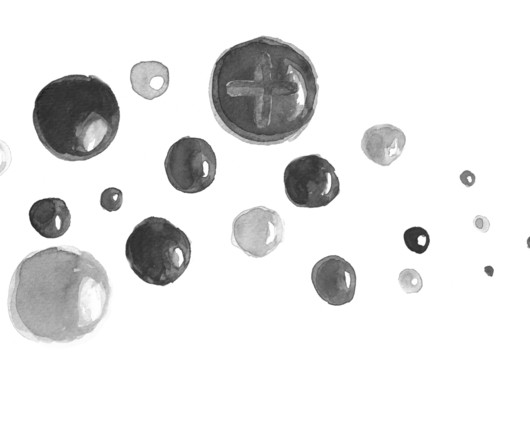An Herbal Hope: Is XBJ A Game-Changer in Sepsis Management?
RebelEM
AUGUST 14, 2023
Background: Could Xuebijing (XBJ) catalyze a paradigm shift in sepsis management? XBJ is an herbal compound used in China to manage various inflammatory and infectious processes in recent years, including sepsis. This post evaluates the recent “Efficacy of Xuebijing Injection in Patients With Sepsis (EXIT-SEP)” trial.























Let's personalize your content